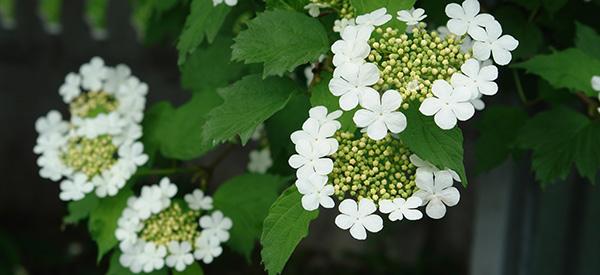
Cramp Bark
Cramp Bark of the genus Viburnum, is an upright, flowering shrub that goes by many names. There is an American species known botanically as Viburnum trilobum, which is a synonym for Viburnum opulus var Americanum. This species is often referred to as highbush cranberry or American cranberry bush.
Cramp Bark also has a European species which has been naturalized in many parts of North America. This species is known as Viburnum opulus. Grown often as an ornamental shrub, it goes by names such as snowball, guelder rose, rose elder, and European cranberry tree.
Since both species share beneficial compounds in their bark, they are often referred to simultaneously as cramp bark. The main differences being, the species native to North America, Viburnum opulus var Americanum is rarer, sometimes deemed endangered in parts of the USA, and is said to have better-tasting fruit. While the European species has naturalized in North America to the point of being invasive in some areas and is said to have bitter, less palatable tasting fruit.
Even more interesting, neither species is a true cranberry as true cranberries are of the Vaccinium genus which is the same genus as blueberry and lowbush cranberry.
Cramp Bark origin, family, and uses
The Viburnum genus hosts 150 to 175 species, many of which are grown for their ornamental value. They are part of the honeysuckle family of plants. As mentioned, the American species, Viburnum trilobum, is native to North America. Viburnum opulus, however, is native to Asia and Europe.
The juicy berry-like drupes are edible fresh or cooked. The American species known as highbush cranberry is used in jam and sauce making. Small quantities are recommended as ingesting large quantities of cram pbark berries may cause stomach upset.
Cramp Bark bushes are notable for attracting wildlife, providing winter food for birds. They are also a food, habitat, and nectar source for many types of butterflies.
Cramp Bark has long been used in herbal medicine as, true to its name, the bark of this beautiful plant has antispasmodic properties which aid in muscles spasms as well as cramps related to PMS.
The History of Cramp Bark
Cramp Bark holds an important place in the historic folk tradition of Ukraine. It is known as Kalyna and is often noted in folk songs and pictured in embroidery work. It is a national symbol of both Russia and Ukraine and is used in festivals.
North American indigenous cultures utilized cramp bark berries for food. Medicinally, the bark of the branches and roots were used to treat painful cramps, body pains, asthma, and swollen glands.
Cramp Bark was officially in use as mentioned in the U.S. Pharmacopeia in 1894. It was also included in the National Formulary in 1916.
Where Cramp Bark is Found
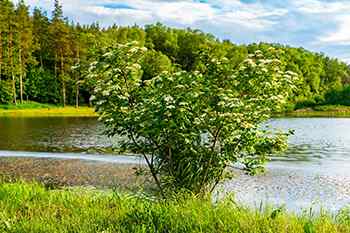 Cramp Bark is grown for its ornamental and wildlife value. There are many cultivars of the European Viburnum opulus, known for their large snowball flower clusters, vibrant fall color, and persistent bright red fruit. For this reason, they are a common landscape plant.
Cramp Bark is grown for its ornamental and wildlife value. There are many cultivars of the European Viburnum opulus, known for their large snowball flower clusters, vibrant fall color, and persistent bright red fruit. For this reason, they are a common landscape plant.
The highbush cranberry species of cramp bark is a relatively rare shrub that is found in moist woodlands, soggy marshes, bogs, stream banks, river edges, and high-quality wetlands consisting of intact native vegetation.
Both species grow in zones 2 through 8. Either native or naturalized, these prized shrubs are found from British Columbia to New Brunswick and south through Oregon, South Dakota, and New York.
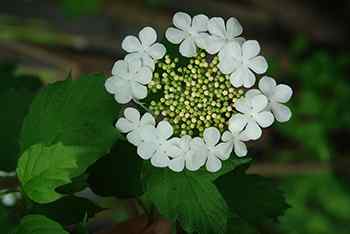
Cramp bark is also available in supplements, tinctures, tea, and in dried form through many herbalists and health food stores.
Related: The Complete Map of Edible Plants: Find Out What You Have in Your Area! (Video)
How to Identify Cramp Bark

- Shape: Round, large, hardy shrub 8 to 15 feet tall and 8 to 10 feet wide.
- Leaves: Simple, opposite, 3-lobed leaves are 2 to 4 inches long and are slightly similar to maple leaves.

- Flower: Showy white clusters of five-petalled flowers are 2 to 3 inches across and may be flat-topped or rounded.
- Stem: Upright branching habit with young branches having an attractive copper color.
- Fruit & Seeds: Round to oval bright red fleshy drupe, each containing a stone-like seed, born in attractive pendulous clusters.
Related: Plant Identification Guide – 400 Wild Plants That You Can Forage For (Video)
How to Grow Cramp Bark
In North America, consider sourcing the native species Viburnum trilobum or Viburnum opulus var Americanum. Both the American and European varieties prefer wet to moist conditions in full sun to light shade. A boreal climate with cool to moderately warm summers is consistent with this plant’s native habitat.
Viburnum is relatively easy to grow. It is an excellent shrub to grow for creating a hedge or screen and attracting wildlife.
Related: The 10 Medicinal Seeds You Should Plant for a Complete Backyard Pharmacy (Video)
How to Harvest Cramp Bark
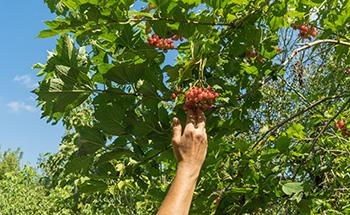 Harvest fruit from natural stands sparingly as this fruit is an important emergency food for winter wildlife. As consuming large quantities of cramp bark fruit may cause stomach discomfort, this is a win-win.
Harvest fruit from natural stands sparingly as this fruit is an important emergency food for winter wildlife. As consuming large quantities of cramp bark fruit may cause stomach discomfort, this is a win-win.
For the bark, harvest young branches that still retain their copper color. As cramp bark blooms in early spring on old wood, pruning or harvesting of branches in late summer, fall, or winter may sacrifice next year’s blooms.
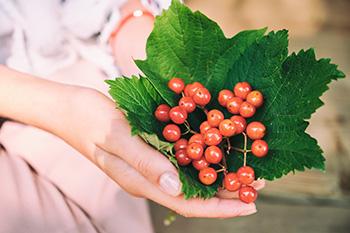
When harvesting from natural stands, gather sparingly, as a little goes a long way with this potent bark.
When harvesting from cultivated varieties in the landscape, harvest in spring, after the bloom has finished. Harvest branches that did not make flowers as this won’t sacrifice the fall’s fruit. Harvesting may also consist of pruning and shaping these lovely ornamental shrubs. This too is best done in late spring after the blooms have finished.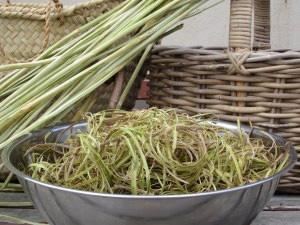
Against my own advice, I have harvested in fall but very sparingly. Fortunately, there is a large natural colony of highbush cranberry all along the river’s edge for miles in both directions close to my home. For this reason, I harvested some branches from the tops of the plants that had produced fruit last year.
Take the harvested branches and expose the bark’s inner cambium layer by peeling the bark. A sharp knife or potato peeler may work well.
Related: The Berry That Is Illegal To Grow (In Some States), But Perfectly Fine To Forage (video)
What Cramp Bark Is Good For & The Natural Remedies Made From It
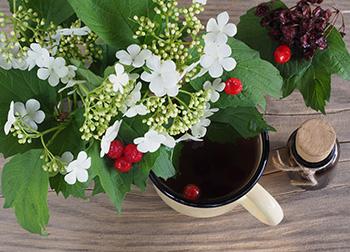 High in vitamin C, cramp bark fruit may be used in juice, jams, jellies, sauces, and preserves.
High in vitamin C, cramp bark fruit may be used in juice, jams, jellies, sauces, and preserves.
Recent studies show cramp bark extract to be effective in the treatment of kidney and urinary conditions including aiding the passing of kidney stones that are less than ½ inch (10 mm) in size.
Cramp bark is an ingredient in remedies for treating muscle spasms and cramps. This includes stomach cramps, cramps related to menstruation, and other painful conditions of muscle spasms.
Related: Similar to Morphine: The Best Natural Painkiller that Grows in Your Backyard (Video)
What Parts of Cramp Bark Are Used In Remedies?
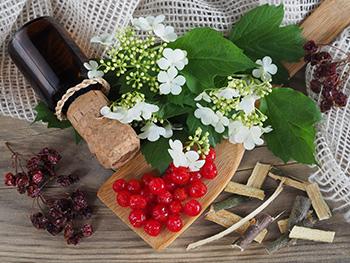 A valuable wildlife, decorative, food, and medicinal plant, the bark of cramp bark has many uses in natural remedies.
A valuable wildlife, decorative, food, and medicinal plant, the bark of cramp bark has many uses in natural remedies.
The health-promoting constituents in cramp bark are related to its high antioxidant activity. The bark contains coumarin, salicin, flavonoids and triterpenes. In cramp bark, these demonstrate anti-inflammatory, osteogenic, cardio-protective, and cytoprotective activities.
Related: American Beech Nuts – A Staple At The Grocery Store 100 Years Ago (Video)
A DIY Recipe for Cramp Bark Oil Infusion
Using the folk method of making an infused oil, this recipe is cold infused over several weeks. The oil remains at room temperature throughout the process. This is to allow sufficient time for the oil to extract the beneficial compounds found in the bark of cramp bark without harming any of the potentially heat-sensitive, health-promoting constituents.
Method
STEP 1: Identify cramp bark. You may have a cultivar of Viburnum opulus growing in your garden or in a landscape nearby. You may have the native variety, Viburnum trilobum growing in a natural habitat close by as well. The best time to identify cramp bark or highbush cranberry, I think, is in fall when the leaves change to their vibrant red color.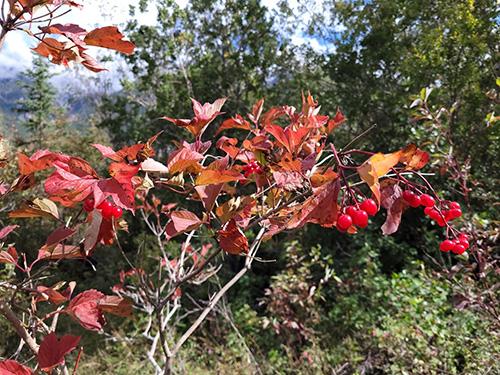
STEP 2: Once the leaves are gone, you can see the copper-colored young branches. As mentioned above about harvesting, you may choose to wait to harvest until after next spring’s bloom. As a little goes a long way, I have snipped just a few branches at this autumn stage, leaving as many new buds on the shrub as I can.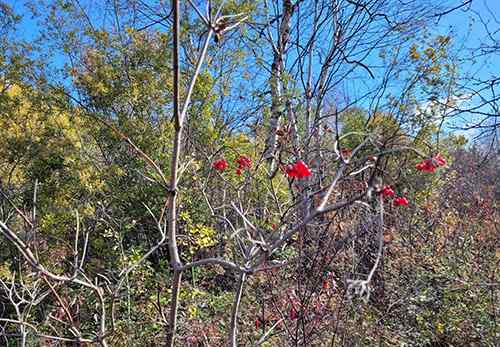
STEP 3: The small branches are shaved with a potato peeler to expose the inner cambium. Both the inside branch pieces and the shaved bark are going into the oil extraction. This is with the belief that the cambium layer on both sides exudes beneficial compounds.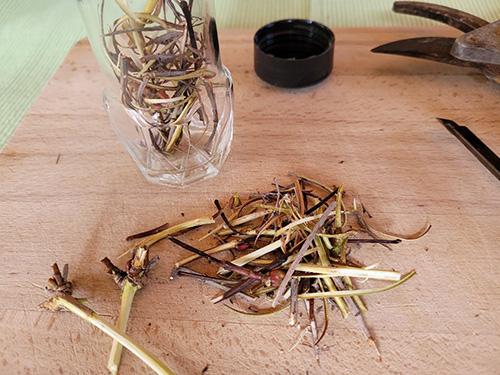
STEP 4: The peeled branches and bark are placed in a small glass jar.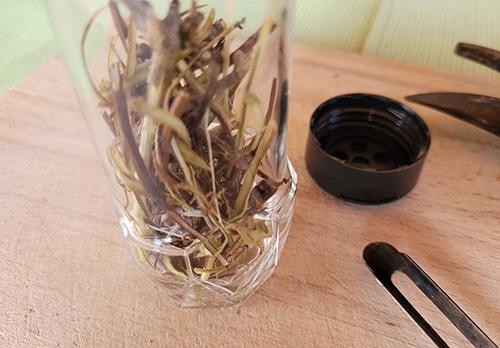
STEP 5: The bark is then covered with oil of your choice. Here I have used a mixture of cold-pressed extra virgin olive oil and cold-pressed grapeseed oil. The container should be placed in a dark place as light may affect or degrade the process. The container is kept at room temperature. It is a good idea to check the container daily and give it a quick stir. This is to ensure all the bark is covered by the oil and that no foul smell is coming from the container.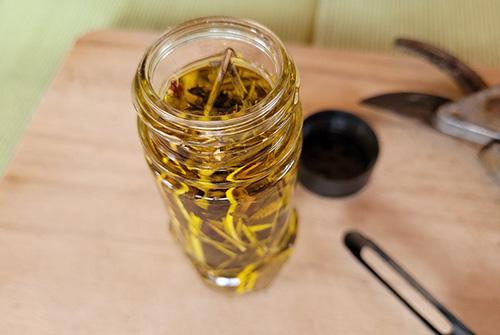
After 4 to 6 weeks, strain the oil from the bark and place in an airtight container. This should similarly be kept at room temperature and protected from light. You might keep it in a cupboard or use a brown tincture bottle until you are ready to use the muscle-relaxing oil.
Potential Uses
Cramp bark infused oil is ready for use in making a muscle rub or salve.
The infused oil can be rubbed directly on sore muscles or parts of the body suffering from cramps.
The oil that is infused with the muscle-relaxing, anti-spasm compounds is excellent to use as a bath oil. Premix 5 to 10 drops into some Epsom salt. This helps to disperse the oil in the bath water. It also stops the oil from just sitting on top of the water.
Related: Homemade Joint and Movement Salve (Learn More)
Dosage
Currently, a recommended dosage for cramp bark to relieve cramping, reduce PMS symptoms and to aid urinary and kidney issues requires more research to attain definitive dosing amounts.
How To Preserve Cramp Bark
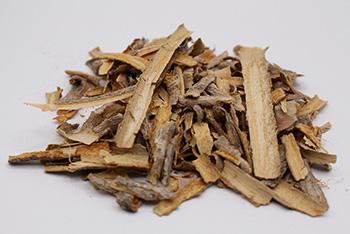 Cramp bark can be preserved in several ways. Harvested bark can be used immediately after harvest and preserved as a tincture or infused in oil.
Cramp bark can be preserved in several ways. Harvested bark can be used immediately after harvest and preserved as a tincture or infused in oil.
The bark of the Cramp Bark can also be chipped and dried for future use.
To dry Cramp Bark, chip harvested bark into small pieces. Place in a single layer on a cookie sheet. Put the sheet in a dark place with excellent air circulation. Stir bark chips once or twice a day until dry. The more resinous the bark, the longer the drying period. Usually, it may take up to 1 to 2 weeks to dry fully but more in a humid environment. Place dried bark in an airtight container. Dried cramp bark may keep for several years.
What Plants Resemble Plant?
| Feature | Viburnum opulus, Crampbark | Viburnum prunifolium, Black Haw | Hydrangea arborescens, Smooth Hydrangea |
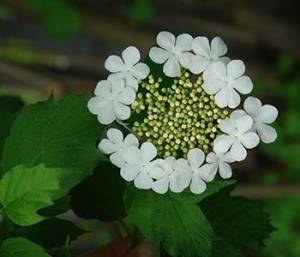 |
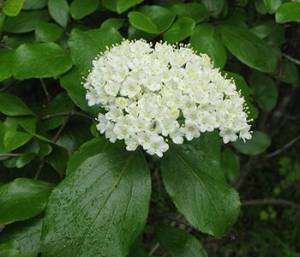 |
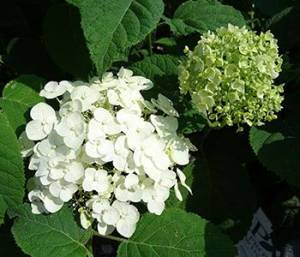 | |
| Size | 10 to 15 feet | 30 feet | 3 to 6+ feet |
| Leaves and Stems | 3 lobed, maple-like leaves on copper-colored, upright, open branching stems. | Finely toothed, elliptical leaves on stiff, spreading branches. | Sharply toothed, egg-shaped leaves on loosely branched stems |
| Flowers | White, flat or rounded 2-to-4-inch flower clusters in spring. | White, rounded 2-to-4-inch flower clusters in spring. | White, rounded 2-to-4-inch flower clusters in spring. |
| Fruit | Clusters of bright red drupes in fall. | Long red stalks hold blue blackberries. | Dehiscent seed capsule. |
| Bark | Copper-colored when young, turning dull grey with age. | Furrowed dark gray to brown. | Grey to brown and smooth. |
Warnings And Cautions
There are no reported side effects to cramp bark supplements. Ingesting large quantities of fruit may cause vomiting and diarrhea.
Cramp bark is considered safe for topical use. As with any new ingredient, do a small skin test by placing a small amount of the bark, tincture, oil, or resin on the skin and wait 24 hours. Any reaction such as itchiness or hives may be an indication of a sensitivity.
Always check with your healthcare provider before starting new herbal remedies.
You may also like:
Cramp Bark Tincture for Muscle Aches, Cramps and Spasms
10 Things Cowboys Carried with Them in the Wild West to Survive (Video)
25 Little Known Medicinal Uses for Tree Bark








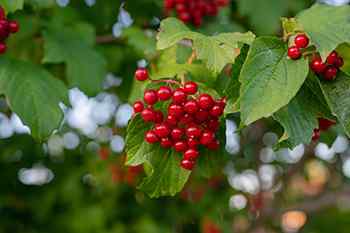
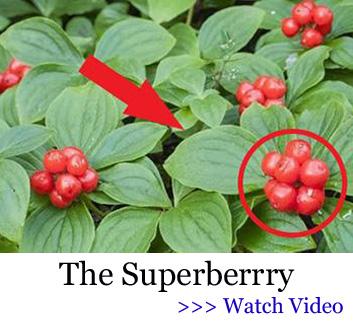
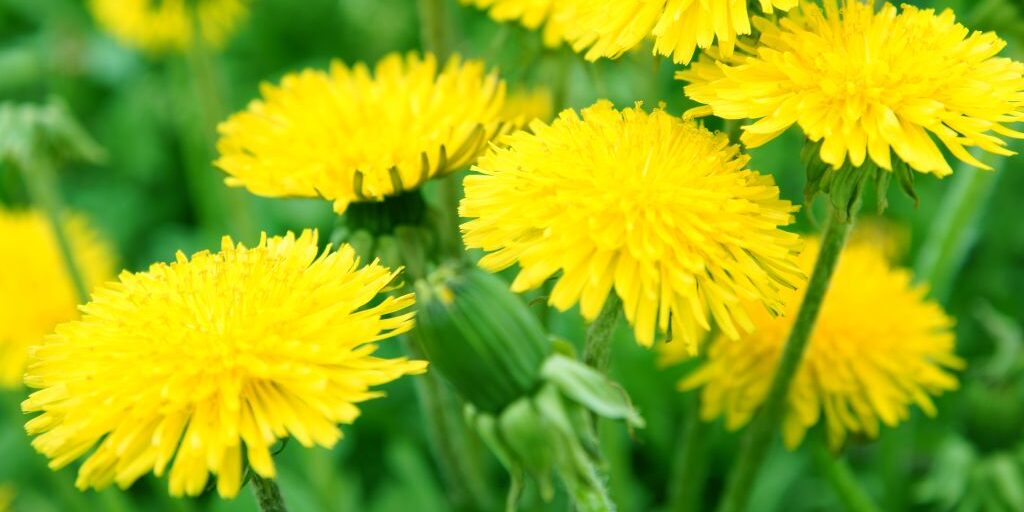
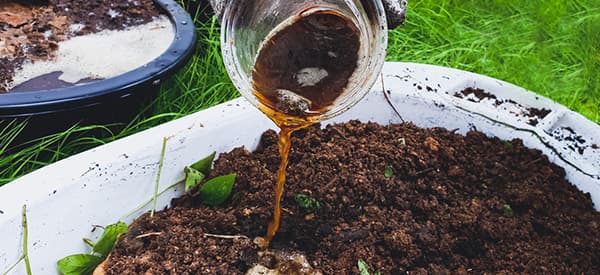

I REALLY enjoy your focused new path toward communicating this information in a way that I can understand and begin moving toward the ability to see natural remedies as the real medicine all around us. My asks are several—first, I’m in North Florida—sometimes things can grow here if we are aware of why zone 8 is its natural southern limit— I’d like info on “expansion”—perhaps a comment on challenges if stretching habitat through cultivation. Even more important though is your expert opinion—rate these plants and efforts on a subjective scale. In your personal opinion, how valuable and how difficult? I can’t learn/do all of these (though I’d like to) in limited time. Imagine 10 is extremely useful and also very easy to prepare; alternatively, 1, might be narrowly focused results and difficult to acquire/cultivate. Reading your book has the same challenge—I read it, wish I had time, feel overwhelmed and drop it! SAD. A rating system would let me search/execute easy solutions by limiting my search to my “getting started” abilities in North Florida.
Last, maybe show the path. An awesome way might include a link to buy the plant? Sometimes these links can even give you small financial gains without adding to cost. Thank you for your great work! I really love what you are doing.
Kind regards,
I wonder, if you can tell me, whether a variety of V. opulus is likely to have the same medicinal qualities? I bought a couple of ‘notcutts’ variety….
thanks for all your good your work and inspiring people to take responsibility for their own wellbeing!